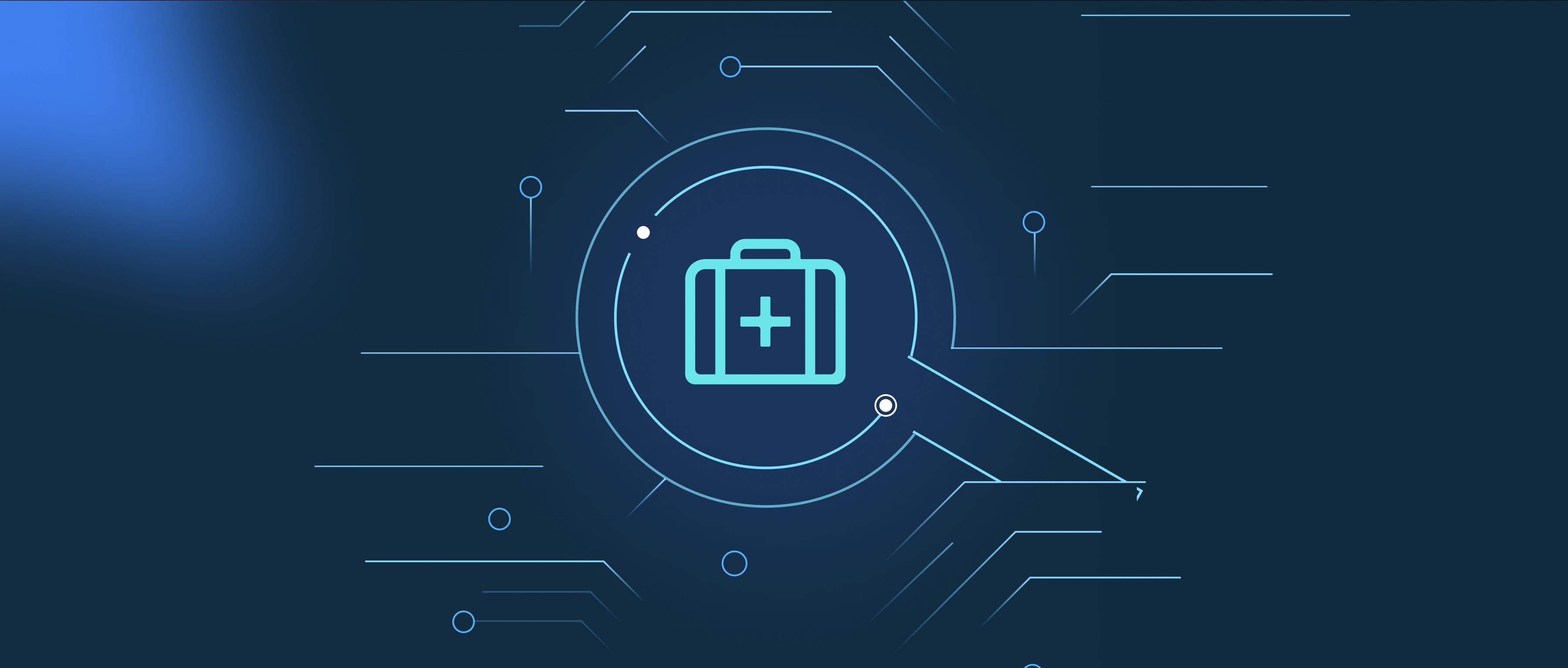Reinforcement Learning (RL) is a type of machine learning that allows game AI to learn and improve its performance through trial and error. In this approach, an AI agent interacts with a game environment and learns to make decisions based on the rewards or penalties it receives from various actions. The agent chooses actions in a given state, observes the outcome, and updates its strategy to maximize future rewards. The process involves defining states, actions, and rewards, which are crucial for guiding the learning process.
To illustrate how RL works in game AI, consider a simple game where the agent plays as a character navigating a maze. Each time the agent moves, it receives feedback based on the results of its actions—gaining points for finding a treasure or losing points for hitting a wall. The agent uses this feedback to understand which actions lead to positive outcomes. Over time, it builds a policy, essentially a set of rules, that dictates the best action to take in each state of the game based on past experiences. The more the agent plays, the better it gets at choosing actions that lead to winning outcomes.
Different RL algorithms can be applied to enhance game AI performance. For instance, Q-learning is a popular method where the agent learns a value for each action in each state, updating these values as it gains more experience. Another method, Deep Q-Networks (DQN), combines RL with deep learning, enabling the agent to handle more complex environments by utilizing neural networks to approximate the Q-values. This allows AI to perform well in intricate games with vast state spaces, like Chess or Go, where traditional methods may struggle. By using these techniques, developers can create AI that adapts its strategies and becomes increasingly challenging for players, enriching the overall gaming experience.
